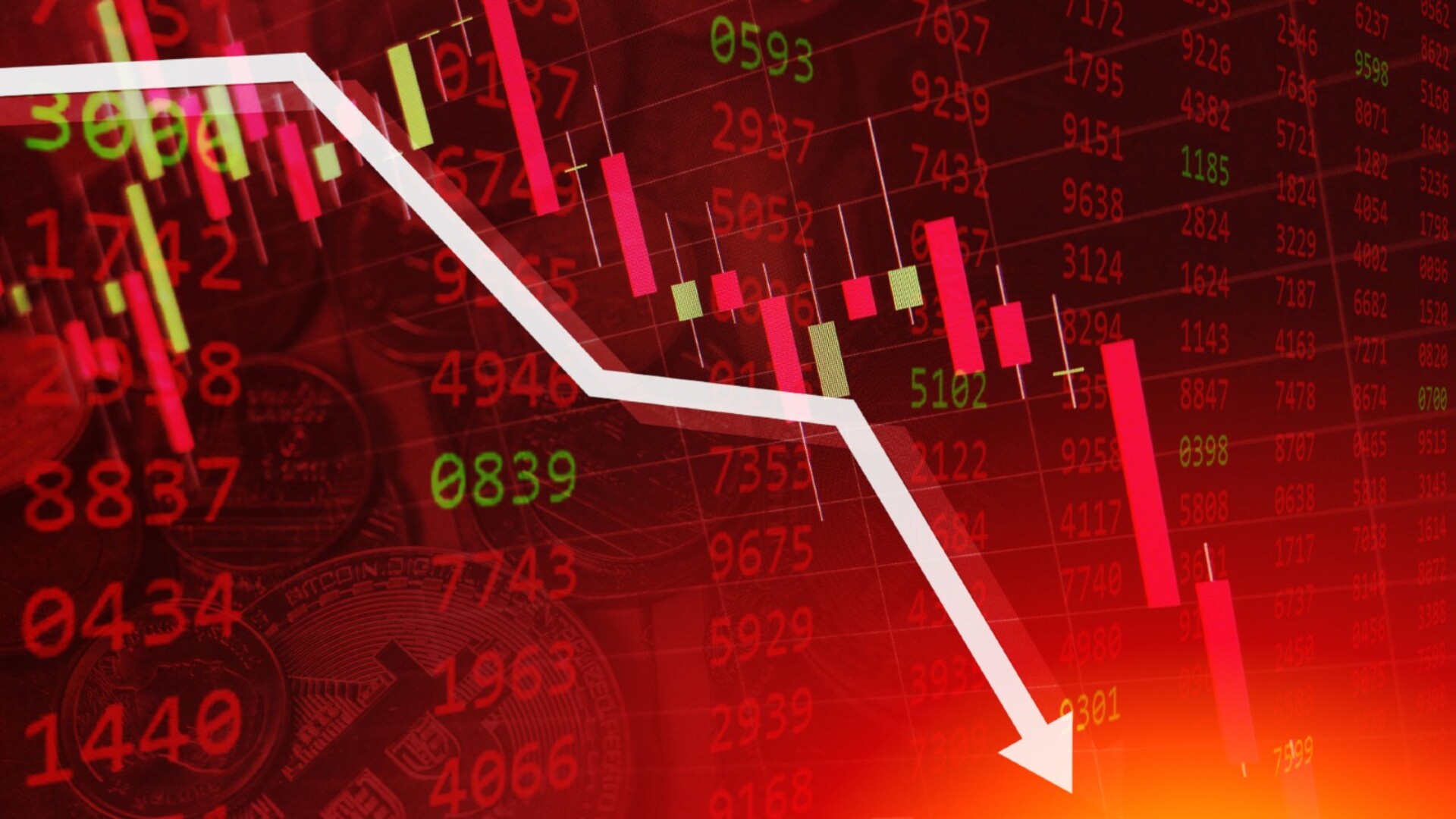
Everyone had told him that if he raised tariffs, the inflationary consequences would cause interest rates to rise. Instead, US bond interest rates had fallen, putting great pressure on US Federal Reserve chair Jerome Powell to lower rates.
But on the phone would have been his angry billionaire mates complaining that their share prices had fallen dramatically. They had lost paper fortunes. “What are you doing, Donald?” they would have asked.
My guess is that he would have suggested they be patient and allow him to complete the master plan. And in any event, their companies’ shares had been too high and were due for a correction.
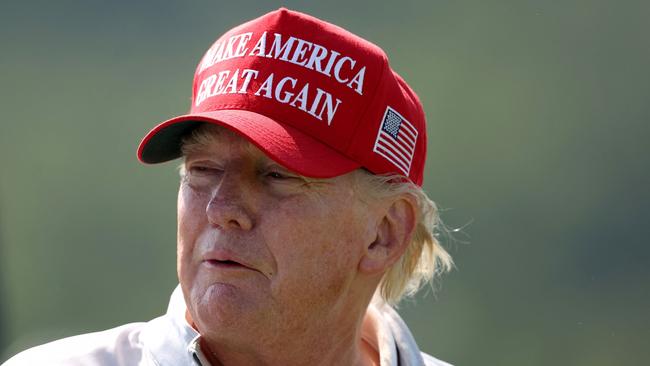
In the midst of global fears that an out of control President is heading the world into a chaos driven recession, it’s important to understand that he is applying to the business of government the techniques he uses in the commercial world.
In business, Trump, like many of the US billionaires, is famous for taking outlandish risks as he heads in a certain direction. Out of those outlandish steps come opportunities. He may not achieve his original objectives but using radical strategies that head into what he regards as the right direction creates opportunities that would not otherwise be created.
In the corporate world, if radical strategies don’t work, companies often collapse. A severe global recession is a much more serious outcome if Trump’s radical strategies don’t work.
In Trump’s presidential arena, he will measure his long-term success by the Nasdaq index. And if it keeps falling amid world chaos — as the share markets are predicting — then he knows there will be great pressure on him to resign, like any CEO. But, as always, he is supremely confident that won’t happen.
Meanwhile, the bond interest rate fall is an example of the opportunities that can open up.
It’s therefore important to understand his directional plan while also recognising the risks and potential casualties.
And one of the first casualties looks like being the companies managed by Elon Musk, led by Tesla.
The boards of those companies are putting enormous pressure on Musk to leave the DOGE government cost-cutting body because the community repercussions of Musk’s actions via DOGE are ravaging his companies.
So far, Musk has held his ground, rating his duty to the President above his duty to shareholders.
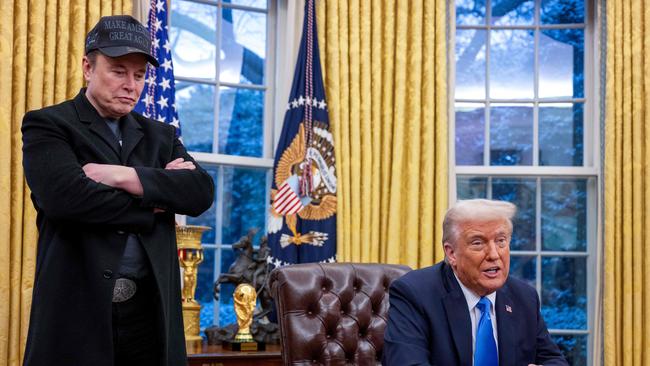
Trump will be relieved, but the pressure on Musk to leave the service of the President will intensify now that the government employee protests have triggered mass rallies.
In his election campaign, Trump announced that he would impose tariffs on most imported goods and would pass on a large portion of the money raised (plus some money from Musk’s DOGE cost-cutting) to ordinary Americans via tax cuts. He was adamant that interest rates would not rise because of the dual impact. He forecast that with investment incentives, the US industrial base would be restored.
What was not so widely understood was that Trump had a second plan. He would impose a series of radical strategies — led by penalty tariffs — on China, Europe, Canada, Mexico and a range of other countries, aiming to force them to lower barriers against US exports and take other actions. Those penalty tariffs would be severe on the China trade linked Asian countries.
The Trump plan is to open up negotiations that simply would not have taken place without the radical steps. If an agreement that the US regards as acceptable is reached, then the tariffs return to the standard 10 per cent.
In elaborating on his President’s intentions, Musk goes further and canvases the dream of a free-trade zone between the US and Europe. It seems a long way off.
In Europe, France and Germany want to impose responding penalty tariffs on US services, but Italian Prime Minister Giorgia Meloni, who is a Trump supporter on many issues, is suggesting that Europe should first negotiate, leaving matching tariffs in the back pocket.
Both groups have their supporters within the European Community, which is split on the issue. But negotiations will take place that would not have occurred without the Trump tariffs.
Meanwhile, Israel PM Benjamin Netanyahu is flying to the US to negotiate trade as Israel also seeks backing for its aggressive stance against Hamas.
The most difficult negotiation will be China, where protection is mixed with defence issues.
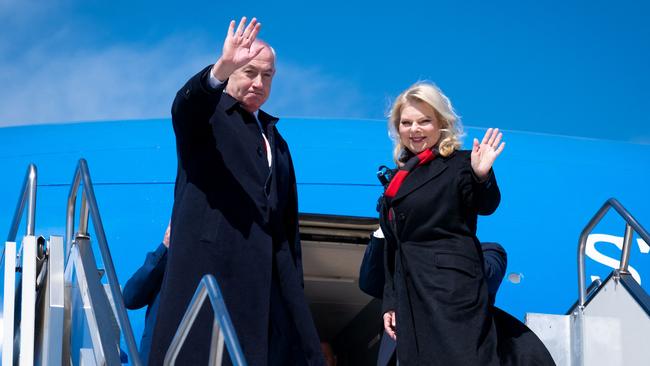
The US did not impose penalty tariffs over our ban on importing US beef but wants negotiation.
Trump’s ideal world would be one where a 10 per cent tariff on imports became a normal situation, creating a global GST type tax that lowers taxes on income.
But that’s not an objective he has spelled out.
Meanwhile, Trump is headed to Saudi Arabia, where he seeks to bring together a series of Middle Eastern countries to isolate Iran. He wants Russia on side in Iran isolation, and that objective is linked into his Ukraine peace plan. The Russian President has so far not accepted the Trump Ukraine terms, and many countries in Europe believe the Trump peace plan opens the way for a Russian attack on Eastern Europe in the future.
When you add Greenland and Panama, Trump is handling far too many major issues in his first months of office. And he has around him many inexperienced people.
It would have made much more sense not to have all the balls in the air at once. But that’s not the way Trump works.



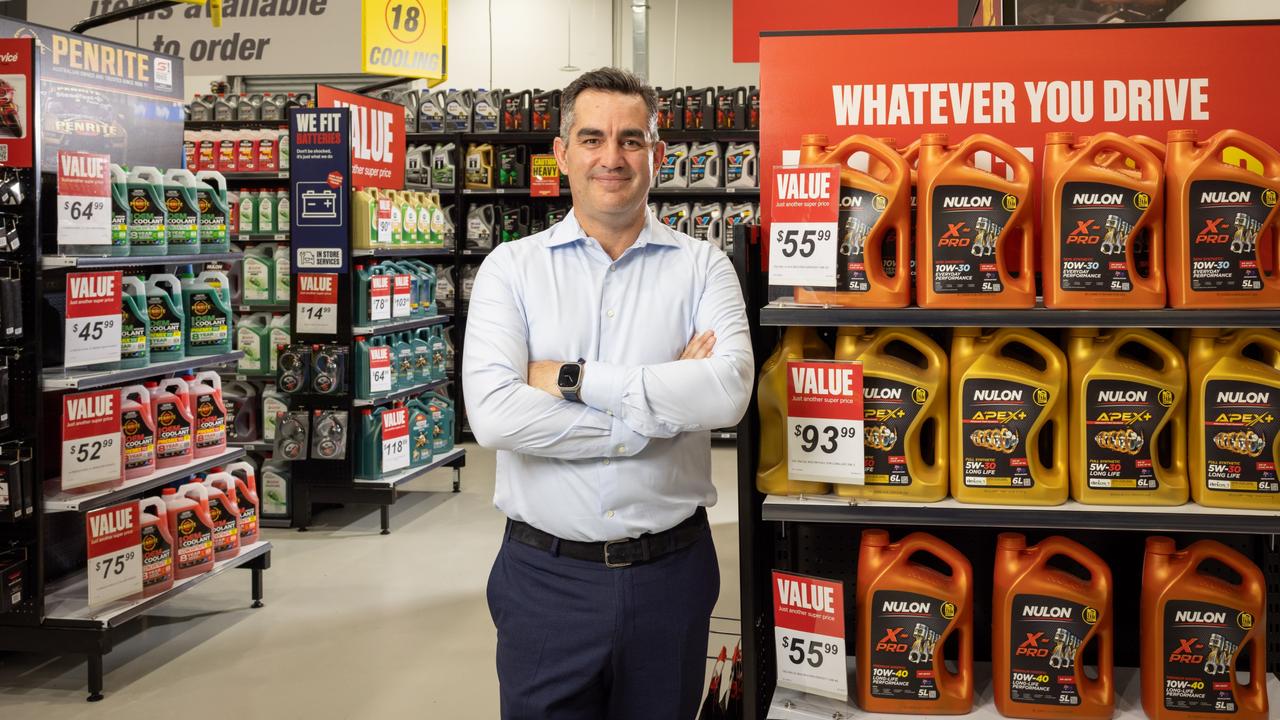

When US President Donald Trump headed off to play golf while share markets were collapsing, he would have given his Presidential scorecard an approval tick.